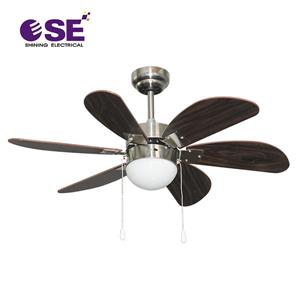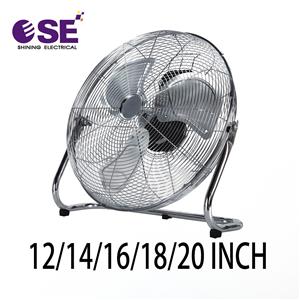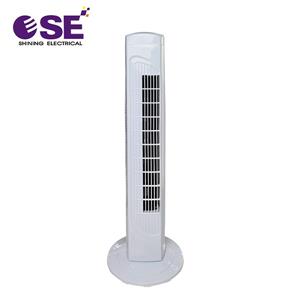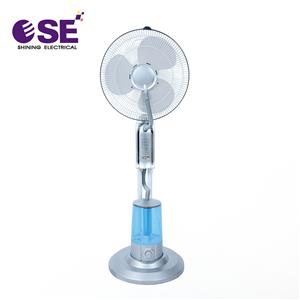How to implement the fan mechanical gearshift buttons and oscillate design?
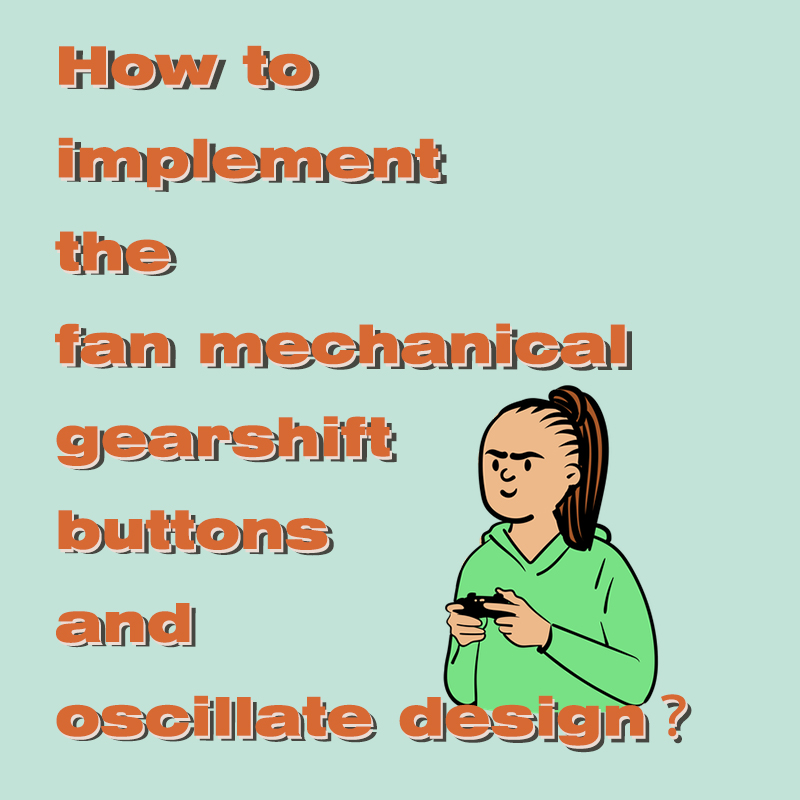
At a time when air conditioning is becoming increasingly popular. Traditional fans seem to be used in fewer and fewer scenarios. But it still has some interesting designs. Mechanical gearshift buttons. For example,a design that allows you to oscillate when pressed. How do all these functions work? Let's find out more about.
Here is the 3D animation breakdown video:
Fans generally have 4 buttons 3 speed control bottons an on/off switch.

There is a spring under each button. There is also a metal plate below the button hooks. The metal plate is pushed to the right when the button is released. There is a spring on the left side of the metal plate. It provides return force to the metal plate. When we knob down the speed control button the metal plate will be pushed notice the slot in the metal plate.
When the button is pressed the hook sticks into the slot. When we knob down another botton the metal plate is pushed to the left and the previous key hook is released. Now let's look at the switch.
Unlike the speed control bottons there is no slot in the metal plate position of the switch so when it is pressed it releases the other bottons. The fan is then turned off. That's how buttons work.

There are three color-coded wires behind the button, and when any button is pressed, electricity flows through different windings, and we know that the more coils there are, the stronger the magnetic force is and the faster the speed is.

At first, the fan couldn't swing. It just blew forward,only when we press a button. That the fan would swing from side to side, so the wind can cover a larger area.
We know that the fan only has a motor. We need it to drive the blades quickly to create airflow and let it slowly drive the fan oscillating, so what should it do?
To understand how to oscillating. Let's start with a brief study of the 4-bar mechanism.
Each of the 4 rods has a pin attached to its node. This allows them to be connected to each other and to rotate freely. One of these 4 rods is fixed and immovable. The other rod, which we call the crank, is usually driven by a motor and thus rotates continuously. The remaining two rods follow the crank.

Now we just need to change the length of these rods to get different speeds of movement, isn't that fun?
Now let's focus on this 4 rod mechanism in the bottom right corner. At first the green rod is fixed and the other rods move, and then we let the blue rod be fixed and the other rods move, now look at the movement of the green rod again, does this movement have a very familiar feel to it? It's very similar to the movement of a fan oscillating, isn't it?

We now analyse the 4-bar mechanism in the fan. This position is similar to the fixed rod.This piece of iron is a long rod. The upper one is similar to a crank between these two pivot points. The last one, in yellow, is the remaining rod. These connections make up the 4-bar mechanism to give you a better view.

Let's take a closer look at the movement from an elevated angle. But there is one problem that remains.
We only want the fan to oscillate when we need it to. So we need a gearbox to control the fan oscillation. The blue gear in the gearbox is attached directly to the motor's central shaft, it rotates with the motor and looks like a crawling worm when it is spinning, the pink turbine is next to the central shaft gear, it is attached directly to the central shaft gear, there is a green gear underneath, it is attached directly to the 4-bar mechanism, there is a connecting pin to link all these gearstogether, the middle of the pin has.
There is a ring of gear teeth in the middle of the pin and a spring with two ball bearings above the pin. When the rocker button is pressed, the ball is embedded in the gear and the pin rotates together with the gear.

Let's take a closer look at the whole process. First the pink gear is rotated by the centre gear, then the pins transmit the power from the pink gear to the green gear, which in turn transmits further power to the crank of the 4-bar mechanism, and so the fan starts to oscillate. Isn't that intuitive?

Of course this only works when the pin is pressed, when the pin is pulled up the yellow gear teeth are separated from the green gear and the fan will then stop oscillating, when we press the pin the yellow gear engages with the green gear and the fan starts oscillating again.
We then look at the ball bearing pull pins, these two balls will fall out if there is nothing to stop them, but we don't have to worry about that because they are encapsulated in the gear box and there is a slot above the pin which acts as a restriction on the balls, just like in the picture.

This is an introduction to fans of key change button and rocking head.
If you are interested, welcome to contact us:
![]() WhatsApp: +86 13144118381
WhatsApp: +86 13144118381
![]() Email: operating@fsshining.com
Email: operating@fsshining.com
![]() Web: www.fsshining.com
Web: www.fsshining.com
Spain Retail Services: www.fswinstep.com
![]() Foshan Shining Electrical Appliance Co., Ltd.
Foshan Shining Electrical Appliance Co., Ltd.

